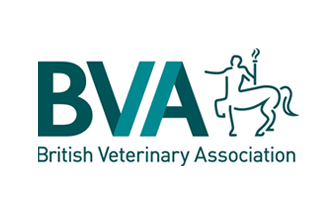Abuse in animals and humans guide
Most injuries seen in daily practice are the result of genuine accidents but veterinary surgeons will sometimes see cases of deliberate abuse or non-accidental injury (NAI). Since early intervention may prevent further abuse it is essential that the possibility of abuse is recognised.
The RCVS Code of Professional Conduct for Veterinary Surgeons Section 14.13 Animal Abuse advises that non-accidental injury should be included in the veterinary surgeon's differential diagnosis when an injured animal is presented with clinical signs that cannot be attributed to the history provided by the client.
If you have concerns over animal and human welfare there are several factors to take into account:
- Are you concerned about a person as well as the animal?
- Try to decide whether you are faced with a victim or a perpetrator
- Do you feel threatened by the adult in consultation with you?
This guide aims to support veterinary surgeons and veterinary employees in recognising and handling abuse in animals and humans. It includes:
- Recognising animal abuse or non-accidental injury
- How to approach a situation where non-accidental injury is suspected
- How to record or report a case of non-accidental injury
- Our responsibilities under the Animal Welfare Acts
- Useful contacts
Download the Suspected abuse of animals and people - A veterinary guide (open to all)
Updated: 2022
Edition: 3
Publisher: Animal Welfare Foundation / The Links Group
Number of pages: 19
Format: PDF

